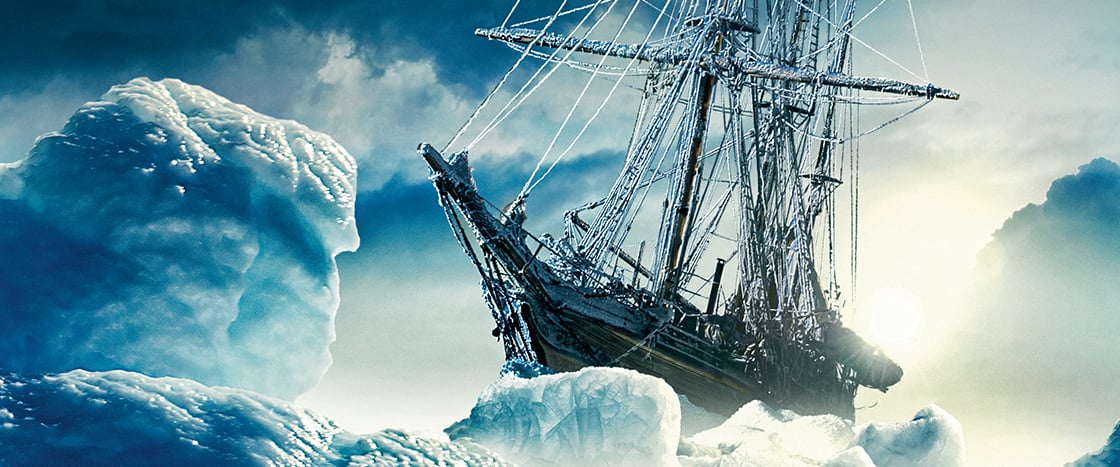Between the southern tip of South America and the icy coast of mainland Antarctica is a section of ocean known as the Weddell Sea. The water there is covered with ice floes. These floating sheets of ice can be hundreds of kilometers wide. High winds and strong ocean currents can cause this ice to shift quickly. Open water can disappear suddenly as the floes collide and freeze together.
Between the southern tip of South America and Antarctica is a section of ocean. It’s known as the Weddell Sea. The water there is covered with ice floes. They’re floating sheets of ice. They can be hundreds of kilometers wide. High winds can cause this ice to shift quickly. So can strong ocean currents. The floes crash and freeze together. That causes open water to suddenly disappear.

